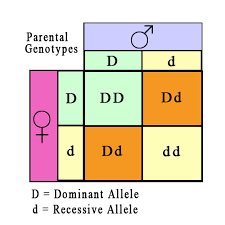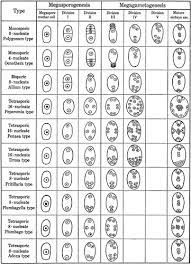POMOLOGY- PLANNING, LAYOUT, PLANTING OF ORCHARD
POMOLOGY
Definition:
Pomology refers to the study of fruit crops.
Fruit crops are
classified as:
- Woody plants
- Herbaceous plants
Woody plant may be trees, shrubs or vines. Fruits borne on herbaceous perennial plants may be further classified as those with prostate growth and upright growth. The woody plant may be deciduous or evergreen.
Cyclic growth of plants with particular season:
- New growth of flush and flowers (spring)
- Fruit set and fruit maturity (summer)
- Shedding of leaves (autumn)
- Rest period (winter)
PLANNING OF ORCHARD:
- Optimum spacing to accommodate maximum number of trees per unit area.
- Stores and office building in the orchard should be constructed at the center for proper supervision.
- Wells should be located at convenient places in different parts at the rate of one well for 2 to 4 hectares.
- Each kind of fruit should be assigned in a separate block.
- Fruit ripening at the same time should be grouped together.
- Pollinators should be provided in deciduous fruits.
- Irrigation channels should be laid along the gradients for most economical conduct of water. For every 30m length of channel, 7.5cm slope should be given.
- Roads should occupy minimum space for economy of transport. The clearance between wind and first row of trees is advantageous for the road.
- Short growing trees should trees should be allotted at the front and tall at the back for easy watch and improve the appearance.
- Evergreen trees should be in the front and deciduous ones behind.
- Fruits attracting birds and animals should be close to watchman shed.
- A good fence is essential.
- ‘Wind breaks’, rows of tall trees planted close together
around the orchard, are essential to resist velocity of wind which cause serve
ill-effects particularly moisture evaporation from the soil.
LAYING OUT OF ORCHADS:
- Any method of layout should aim at providing maximum number of trees per hectare, adequate space for proper development of the trees and ensuring convenience in orchard cultural practices.
- The system of layout can be grouped under two broad categories
- Vertical row planting pattern
- Alternate row planting pattern
- In the former planting pattern (e.g. square system, rectangular
system), the trees set in a row is exactly perpendicular to those trees set in
their adjacent rows. In the latter planting pattern (i.e. hexagonal, quincunx
and triangular), the trees in the adjacent rows are, not exactly vertical instead
the trees in the even rows are midway between those in the odd rows.
PLANTING METHODS OF ORCHARD TREES:
- After locating the positions of the orchard trees, it is important that the trees are planted exactly where the stakes stood.
- It can be easily done with the help of a plant board.
- The planting board is usually of 1.5m long, 10cm wide and 2.5cm thick with a central notch and one hole on either end, the central notch and the two holes (one on either end) are in a straight line.
- The planting board is placed in such a way that the stake (tree marker) fits into the central notch.
- Two small stakes are inserted one in each end hole.
- The planting board along with the tree marker is then lifted straight up without disturbing the end stakes.
- A pit of about 1m cube or of the desired dimension the position of the tree marker is then dug.
- The pits are allowed to wither for few weeks before planting in some cases.
- The pits are then filled with top soil already mixed with red earth and well rotten farm yard manure.
- Irrigation is then applied to enable the contents of the pits to settle down properly.
- In the event of depressions taking place as a result of irrigation, more soil should be added to the pits so as to fill them to the level of land.
- The pits are then ready for planting.
Introduction to horticulture 8th edition author N.Kumar







Comments